Life Science Outsourcing provides sterilization services, as well as validation services, for gamma and E-Beam.
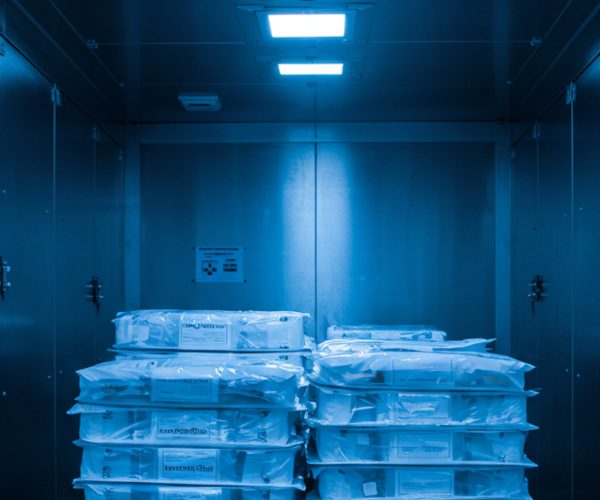
Maximize the safety and sterility of your medical devices with LSO’s managed gamma and E-Beam sterilization services, complemented by our in-house steam and EtO sterilization capabilities. Gamma and E-Beam offer residue-free, efficient solutions ideal for a variety of products, from disposable medical devices to complex implants. With LSO, you gain the advantage of tailored sterilization processes, faster turnaround times, and compliance with ISO 11137 standards. Our end-to-end sterilization services ensure your devices meet regulatory requirements while maintaining product quality and integrity.
Gamma and E-Beam are common irradiation sterilization methods for medical devices.
Gamma irradiation does not rely on changes in temperature, humidity, or pressure. This makes it an ideal sterilization modality for heat-sensitive and moisture-sensitive devices. Gamma rays are very much like x-rays, delivering an even concentration of electromagnetic radiation that can pass through substances like plastic to kill bacteria and fungi by inhibiting cell division. This process does not leave any radioactivity behind.
E-Beam sterilization is a very similar process to gamma irradiation, but it can be performed at a much faster rate. While both use ionizing energy, they vary in dose uniformity and penetration. Life Science Outsourcing (LSO) can identify which of the two is ideal for your device.
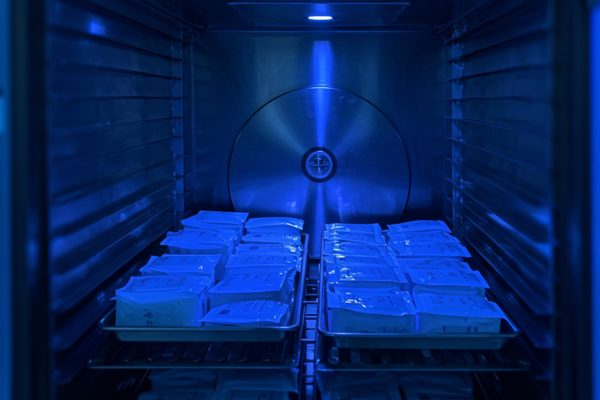
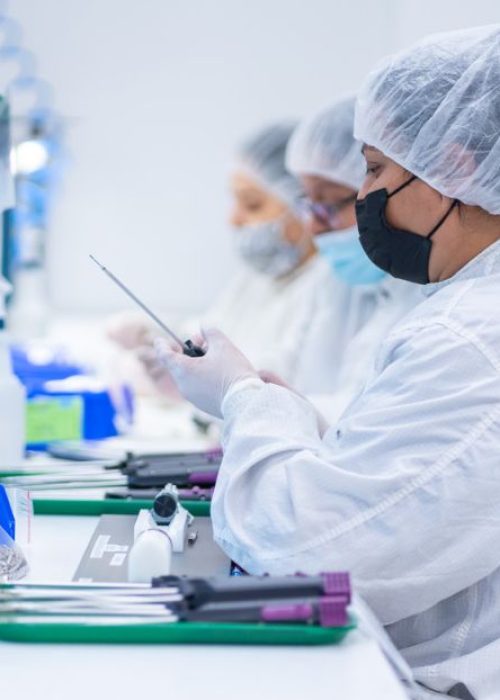
Gamma and E-Beam sterilization offers terminal sterilization for a broad range of devices of all types and configurations.
Gamma irradiation is used to sterilize medical devices, pharmaceuticals and more. It is especially helpful for disposable medical equipment or orthopedic implants. It can, however, have a damaging effect on fragile biologics.
Gamma irradiation works well on medical devices such as:
E-Beam can sterilize many common disposable medical devices and pharmaceuticals. It has the benefit of being the fastest sterilization method and is cost-effective for certain types of products.
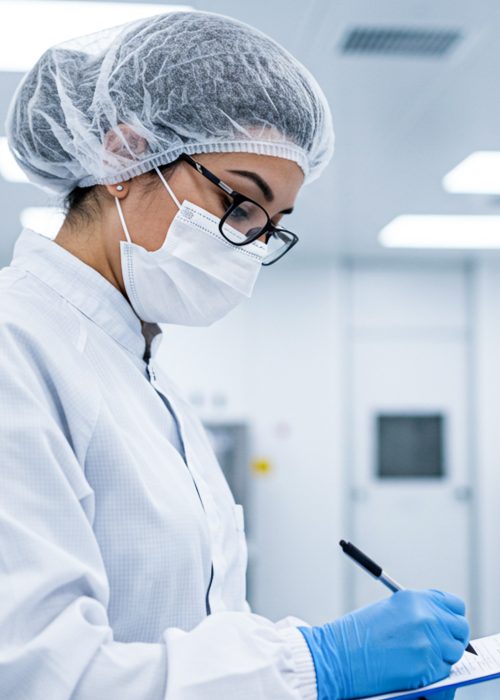
Gamma and E-Beam sterilization are both radiation-based sterilization techniques. While the former is performed by exposing the product to continuous gamma rays from a radioactive isotope, E-Beam sterilization utilizes electron beams from an accelerator. Both methods can be equally effective for sterilization, but E-Beam is faster at the risk of lower dose uniformity.
Neither method results in residual radioactivity. In fact, sterilization through irradiation is considered a “clean and efficient process” as it does not leave any extrinsic residue on the device and no quarantine period is required. Furthermore, the rays can penetrate dense materials (especially so for gamma) and closed package products with minimal rise in temperature and effect on the product material.
After sterilization is validated, dose audits should be performed every quarter or every lot to ensure that devices meet the established standards. The frequency of these audits may decrease as the years progress.
Dose mapping study
Determination of product bioburden
Verification dose resistance experiment
The ISO 11137 International Standard specifies requirements for validation, process control and routine monitoring in the radiation sterilization of health care products. It applies to gamma irradiators as well as irradiators using electron beams or x-rays.
The ISO standard provides information and guidance on equipment and dose setting. For compatibility of materials, AAMI TIR17 contains guidance. For example, polymers can be classified as materials whose molecules either i) predominantly degrade with irradiation or ii) predominantly crosslink with irradiation. The latter types tend to have higher radiation stability.
Some specific guidelines for material selection are:
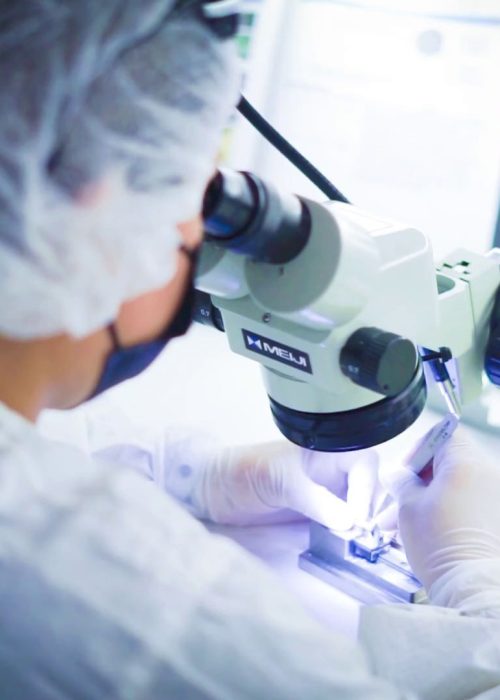
Life Science Outsourcing provides production batch processing in association with our partner, Sterilization Services, and in conjunction with our internal medical device manufacturing division. All processing is performed in accordance with ISO 11137.

Comprehensive packages for regulatory compliance.

From fractional to full cycles with EtO residual testing.

Secure with 2X qualification.

Tailored to your sterilization needs.
Receive the latest infographics, guides, and blog updates for medical device manufacturing, package testing, and sterilization.